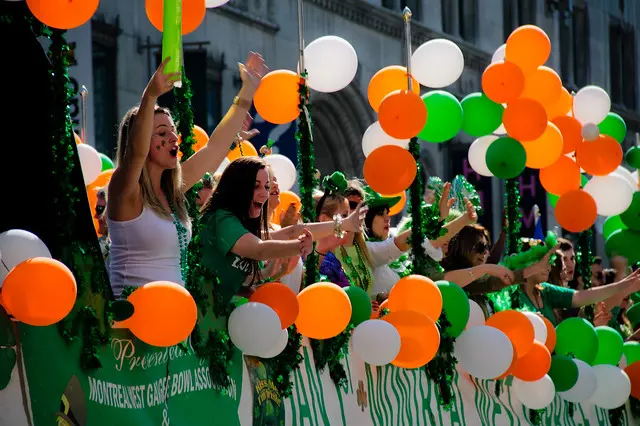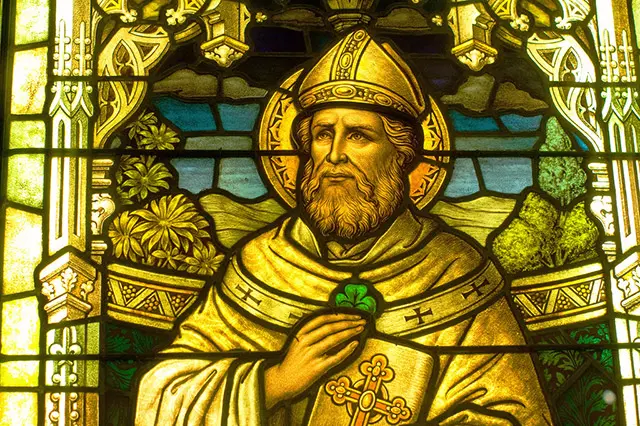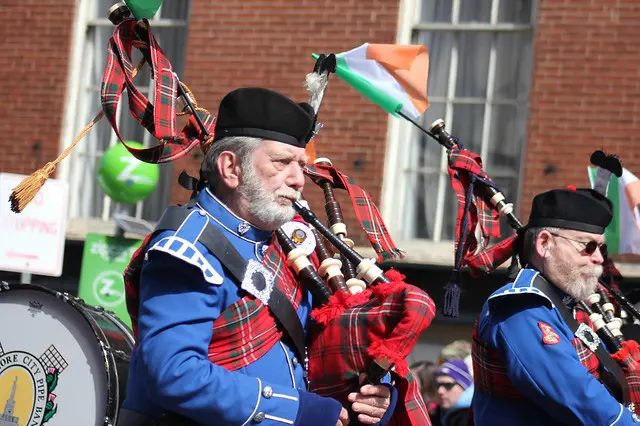Saint Patrick’s Symbols: Green color & Shamrock
Discover the history and the hidden meaning behind the color and the symbol that dominate the festival of Saint Patrick's Day.
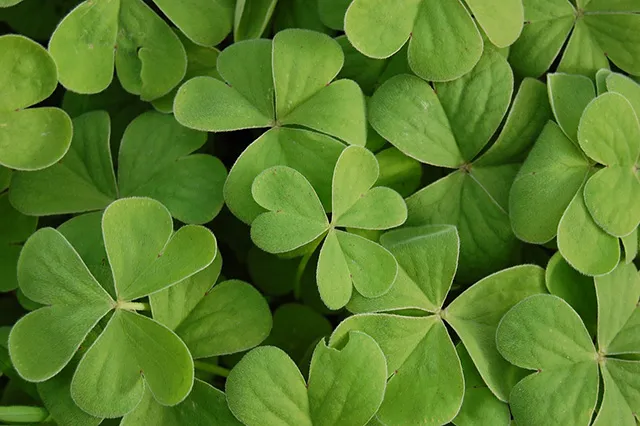
Green, synonymous to Saint Patrick’s Day
A typical Saint Patrick’s Day celebration is dominated by the green color. Clothing, accessories, decorations, food and drinks, almost everything can be found in its green version. A closer look at this predominant tradition leads to deeper roots of the Irish history and reveals some associations with religious, cultural and political factors.
Mythological roots
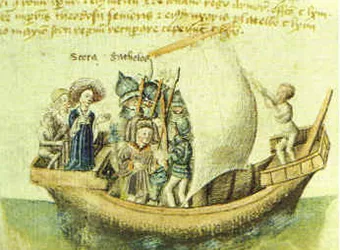
One of the earliest associations of the green color with Ireland comes from the 11th century and the pseudo-historical book Lebor Gabala Erenn (The book of the Taking Ireland).
Its texts include the adventures of the Irish Mythological figure Goidel Glas (ancestor of the Gaels) and have correspondence with other biblical and mythological narratives. One quote demonstrates Goidel Glas surviving a snakebite with the help of Moses and with a green mark as a remnant from the snake attack to lead his people to a land free of snakes. While another plot refers to a beautiful green island with clear implication to Ireland.
Religious connotations
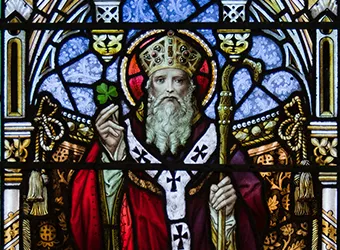
According to many scholars Saint Patrick never wore green attire, but on the other hand, he did use a green shamrock on his effort to Christianize the Irish.
More specifically, the three-leaved plant helped him to explain to the pagans the concept of the Holy Trinity. Thus, green which is a color associated with the shamrock seemed to become representative of some groups among the population of Ireland.
It was not always green!
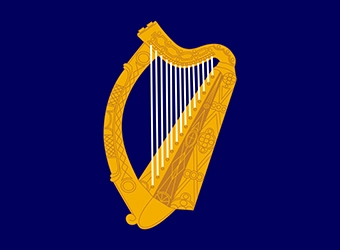
According to numerous accounts, the fashion of the green color and its relation to “the Irish” faded through the years. Thus, for a certain period, the color that started to be associated with Saint Patrick’s Day was blue.
Blue was generally the color historically related to Ireland until the 16th century and the period when Henry the 8th was the King of Ireland. At that point, the Irish Kingdom had a blue flag and consequently, any potential Irish celebration would be accompanied by that color. But this status started to change again in the 17th century.
Politics and “green dominance”
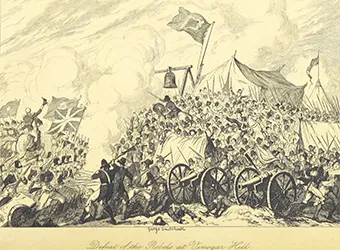
The revival of the green as the color associated with Ireland occurred in 1641 with the great rebellion of Catholic landowners against the English Crown which established a large plantation in the northern parts of the country.
The rebels under a green flag kicked out the Protestants and spread for a first time nationalistic sentiments in the Irish population. The second stage of the green predominance came in the 1790s when the Irish inspired by the American revolution attempted to introduce republican ideas to the country. Members of the Society of United Irishmen, which promoted those contemporary ideas, were using green attire. In this way, the significance of the green color has been spread and became synonymous to each and everyone pursuing to be identified as Irish. The song of that period “Wearing of the Green” is a typical example of the period’s state of ideas.
The above political developments led to a nationalistic rise among the Irish population. Parallel to that, Saint Patrick’s Day was transformed gradually into a national festival. As a result, the festival started to become more and more associated with the green color.

Shamrock, the most significant symbol of Saint Patrick’s Day
Shamrock is a young sprig of a three-leaf clover. Its name derives from the Irish word seamrog, which can be translated as “young clover” or even “little clover”. It is highly associated with Saint Patrick’s Day and together with the harp, it is considered as one of the national symbols of Ireland and everything Irish.
Pagan roots
According to many scholars, the symbolic use of the shamrock has its roots in the pagan Irish times when it was probably associated with the earth and the regenerative powers of nature. There is not enough evidence proving the actual worshiping rites of the Celts but the existence of two separate “triple deities” could be related to the use of this three-leaf clover as a druidic symbol.
Christianizing the Irish
The shamrock became the major symbol of Saint Patrick’s Day since it was used by Saint Patrick in his attempt to illustrate the Christian doctrine of the Holy Trinity to the pagan population of Ireland. The missionary and bishop who Christianized the Irish is illustrated holding a shamrock on his hand. On other illustrations, the patron of Ireland is depicted holding a cross on one hand and shamrock on the other, a picture that corresponds to the legend that he chased the snakes away from the country. For those reasons, nowadays the Irish public conscience perceives this small plant as a Christian symbol as well.
Irish heritage symbol
The shamrock is undoubtedly an identical emblem symbolizing everything that is Irish. It was for many centuries an appropriate adornment with religious, national and cultural connotations for the Irish.
May your pockets be heavy and your heart be light, may good luck pursue you each morning and night.
Today it can be observed as a pattern of attires, accessories, food, decorations and many more. It is an integral element of the Saint Patrick’s celebration and together with the green color and the Irish alcoholic drinks raises the festivity mode of the day.
